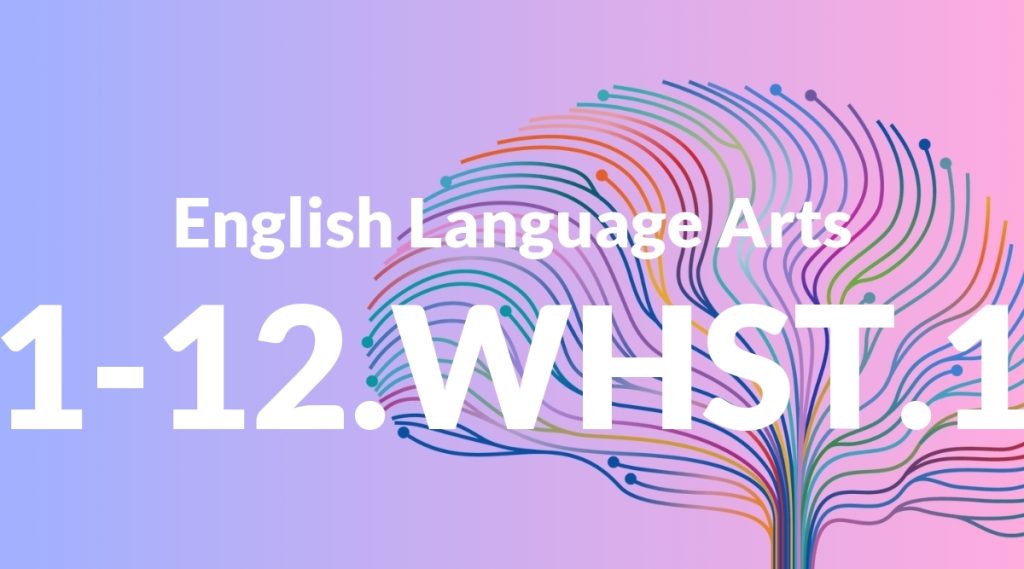Standard: 11-12.WHST.1d – Establish and maintain a formal style and objective tone while attending to the norms and conventions of the discipline in which they are writing.
Grade level: Grade 11-12
Subject: English Language Arts
Domain: Writing: History, Science & Technical Subjects
Teacher Overview
This standard emphasizes the importance of formal style and objective tone in writing, especially in disciplines like history, science, and technical subjects. Mastering this skill is crucial for students as it prepares them for the rigor and expectations of academic and professional writing. Students need to have a good grasp of basic writing mechanics and an understanding of different writing styles. They should also be familiar with the specific norms and conventions of the discipline they are writing in.
Students who master this standard will be able to effectively communicate in various academic and professional contexts, adapting their writing style and tone to meet the expectations of different disciplines.
Common Misconception 1
A common misconception is that formal writing requires overly complex language. This is incorrect because formal writing values clarity and precision over complexity. Using simple, clear language can often be more effective than using complicated vocabulary.
Intervention 1
To address this misconception, provide students with examples of high-quality formal writing that uses straightforward language. Encourage them to focus on clarity and precision in their own writing.
Common Misconception 2
Another misconception is that maintaining an objective tone means avoiding any form of personal engagement or voice. This is not true; objectivity means presenting information factually and without bias, but it can still include personal insight and critical analysis.
Intervention 2
Clarify that objectivity involves presenting facts and evidence without personal bias, but it doesn’t exclude personal insight or critical analysis. Use examples to show how objective writing can still be engaging and insightful.
Prerequisite Knowledge
Students should have a solid understanding of basic grammar and sentence structure, familiarity with different writing styles, and an introductory knowledge of the norms and conventions specific to various disciplines.
Subsequent Knowledge
After mastering this standard, students will be able to adapt their writing style and tone to suit various professional and academic contexts, enhancing their ability to communicate effectively in diverse fields.
Instructional Activities
- Analyze examples of formal and informal writing to identify key differences.
- Practice rewriting informal texts into formal style.
- Peer review sessions focusing on tone and style.
- Writing assignments in different disciplines to practice adapting style and tone.




